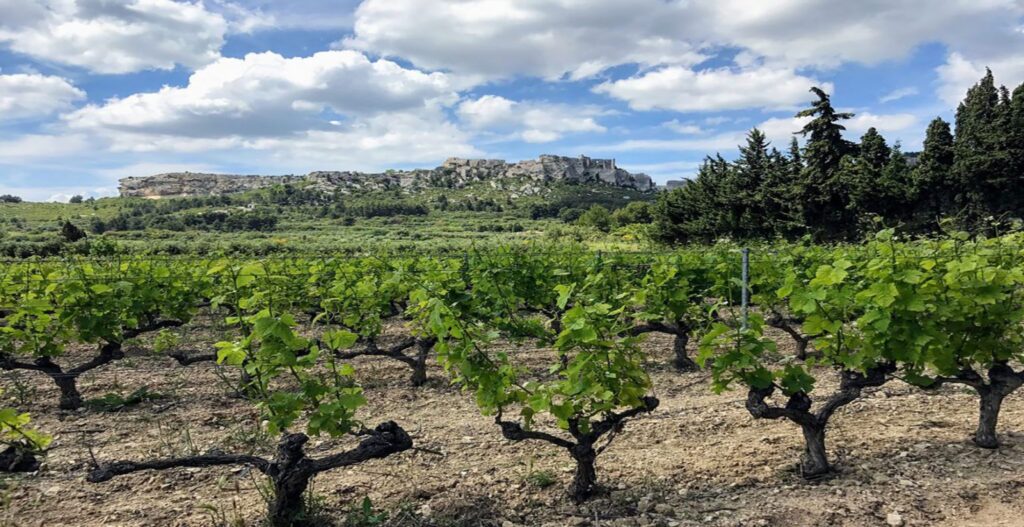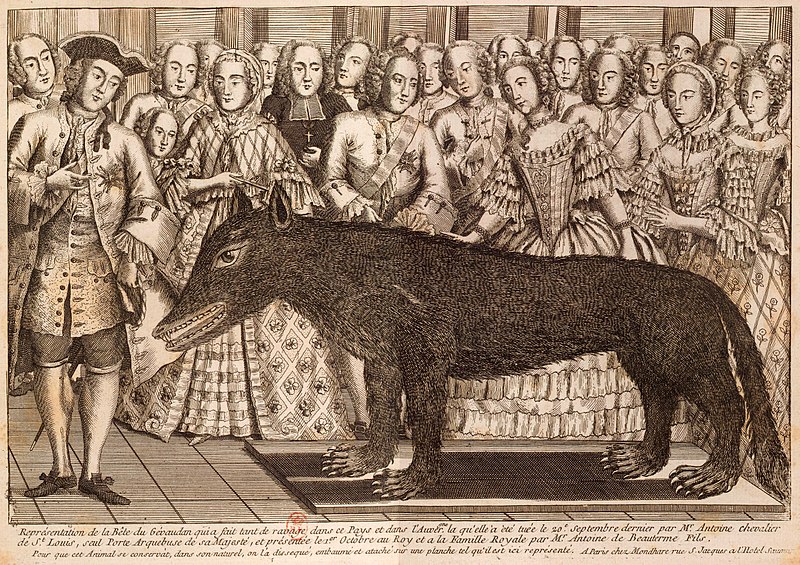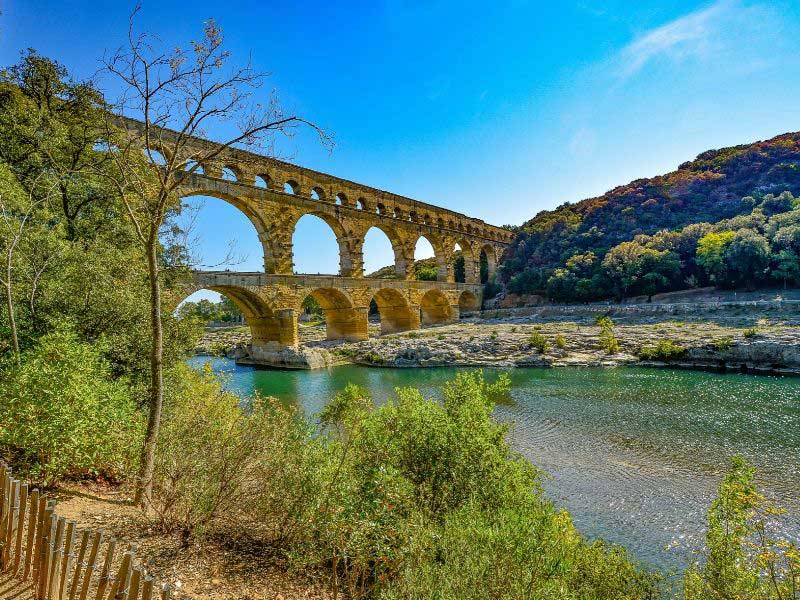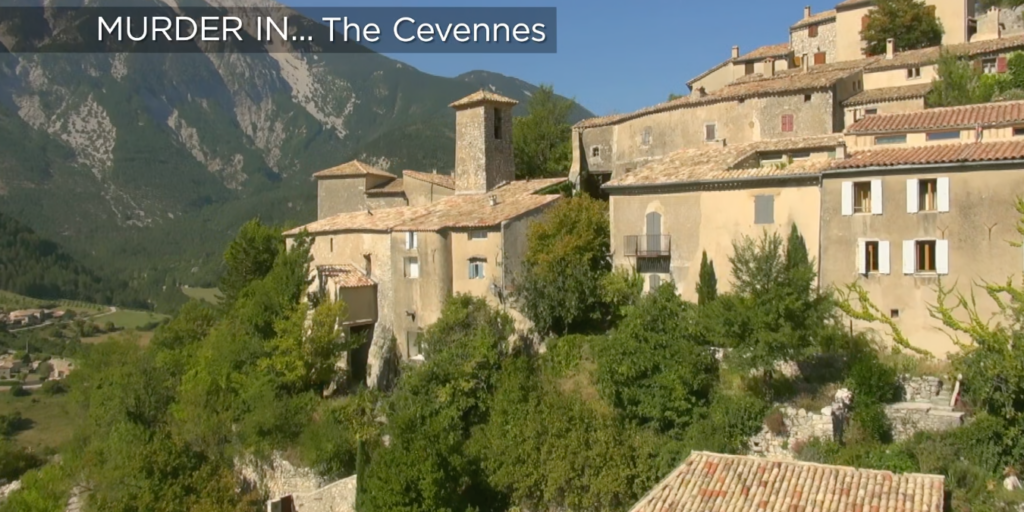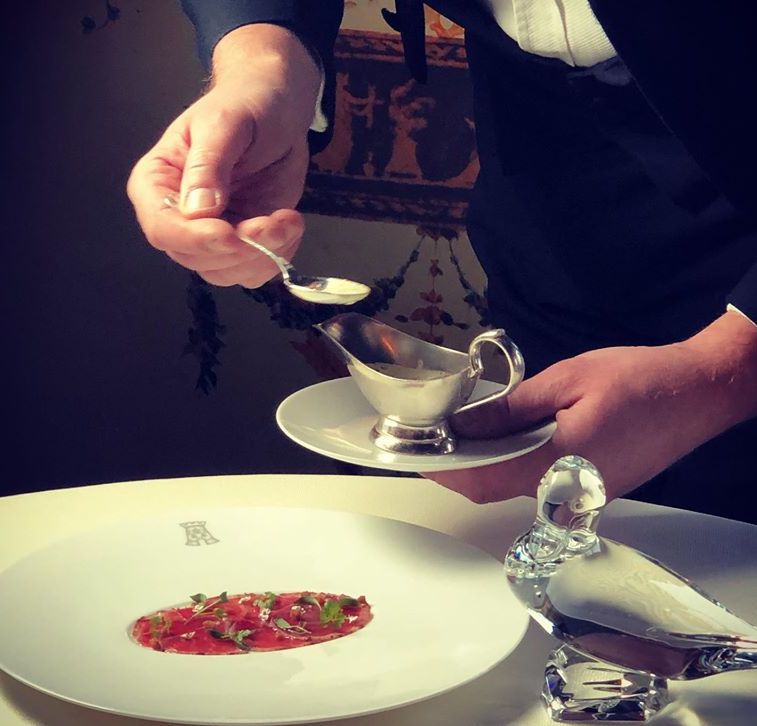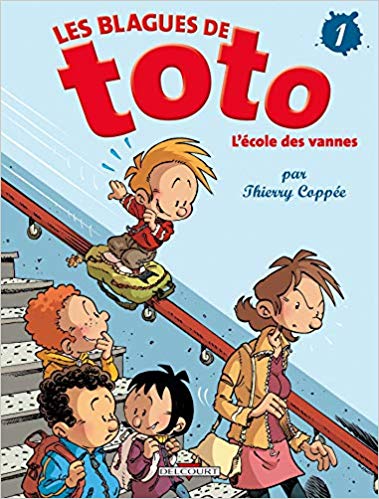
The sun is shining, the weather is warm—let’s go on a picnic! We may not be able to travel to France this year, but we can still add some French style to our pique-nique.
I’ve written a short primer on picnicking à la français. What are the basics that no French picnic can be without? What are the three courses of a classic French picnic? And is it ok to take a nap after you’ve eaten? I explain all!
Read all about it in France Today!

